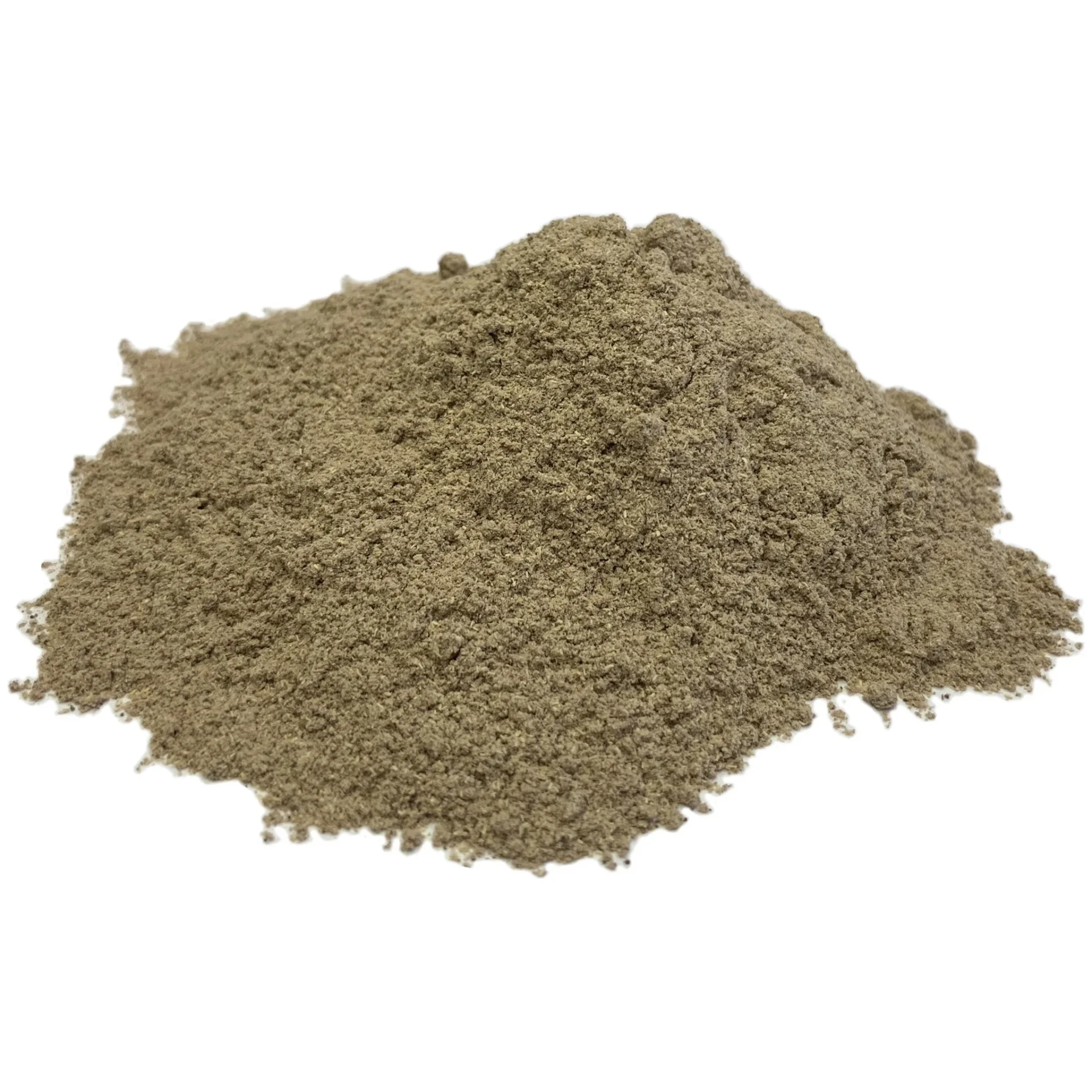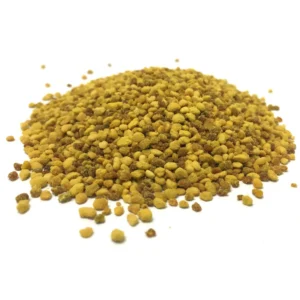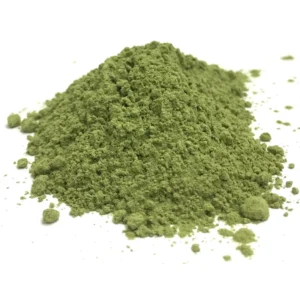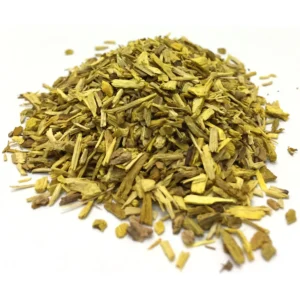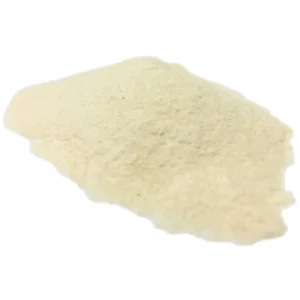Description
Yucca most common folk name given to this herb is known as soap root. The Native Americans used the soapy leaves from yucca for numerous conditions. The following are just a few: inflammation of all sorts, including joint inflammations, bleeding, dandruff and hair loss. An active ingredient in Yucca is known as a steroidal saponin which tends to have suds when mixed with water.
A blue-green perennial, 2-4- feet tall. The leaves are in a rosette. They are stiff, swordlike, rounded on the back with margins rolled in. The stalks are erect with many, showy, bell-like cream flowers at the tips. Found throughout North America in dry soils, most common in high desert areas. The pulpy part of the fruit is used as a source of food when baked or boiled. The part that lathers up for soap is toxic and not used for food, unless washed, parboiled, crushed etc. to get rid of the saponins. It is a antifungal, antitumor, and antiarthritic. American Indians poulticed the root on inflammations to stop bleeding, and used it as a steam bath for sprains and broken limbs. The root tea is used for pain, and joint inflammations. Take the powdered dried root prepared in 2~4 *2 capsules morning and night for arthritic pain. The saponins, in the roots possess a long-lasting soaping action, for washing, shampoos for dandruff, and baldness. Boil 1 cup of the chopped fresh or dried root, in 1 1/2 cups water till suds form. Use with caution.
UPC: 084783024064.
Origin(s): Mexico, United States.
Latin Name(s): Yucca glauca.
Also known as: Spanish Dagger, Spanish Bayonet, Needle Palm, Amole, Soapweed, Soapwell.
Plant Part(s) Used: Root.
Appearance: Light brown to tan.
Aroma: Slight root-like.
Taste: Strong bitter.
GMO Status: Non-GMO.
Allergen: None.
Additives: Free of any additives or preservatives.
Applications / Preparations: Can be put into capsules, teas or infused as an herbal extract. For cosmetic use can be put in soaps, shampoos & conditioners.
Storage: Store in a sealed container in a cool, dry place.
Shelf Life: It is very difficult to pin down an exact expiration date for most single herbs as they do not really expire, they lose potency or strength over time but will still have value. Unlike synthetic material or drugs, herbs can contain many constituents that contribute to their medicinal effects. Even if when we know what the active constituents are, there are often many of them in a single herb, each with different rates of degradation. Some herbs lose their effect more easily. Other herbs that possess more stable compounds such as alkaloids or steroids will last much longer.
A huge part of the degradation rate of herbs depends also on the storage conditions of the herb, & even on the quality of the herb before storage – how it was grown, harvested, dried & processed. If the product is left in hot places or open to sunlight then it will degrade much quicker than if it was stored in cool, dry place & sealed tightly.
A good rule of thumb is that herbs should be stored no longer than 2-3 years but many herbs will have great strength much longer than that. To determine if a an herb is still good you can check the appearance & aroma. Herbs that are no longer acceptable will have lost much of its vibrant color & will instead appear dull & faded. The bigger key though is to smell the raw materials to see if the potent aroma is still present.
Warning: Not for long-term use.
Additional information
| Weight | 2.00 lbs |
|---|

